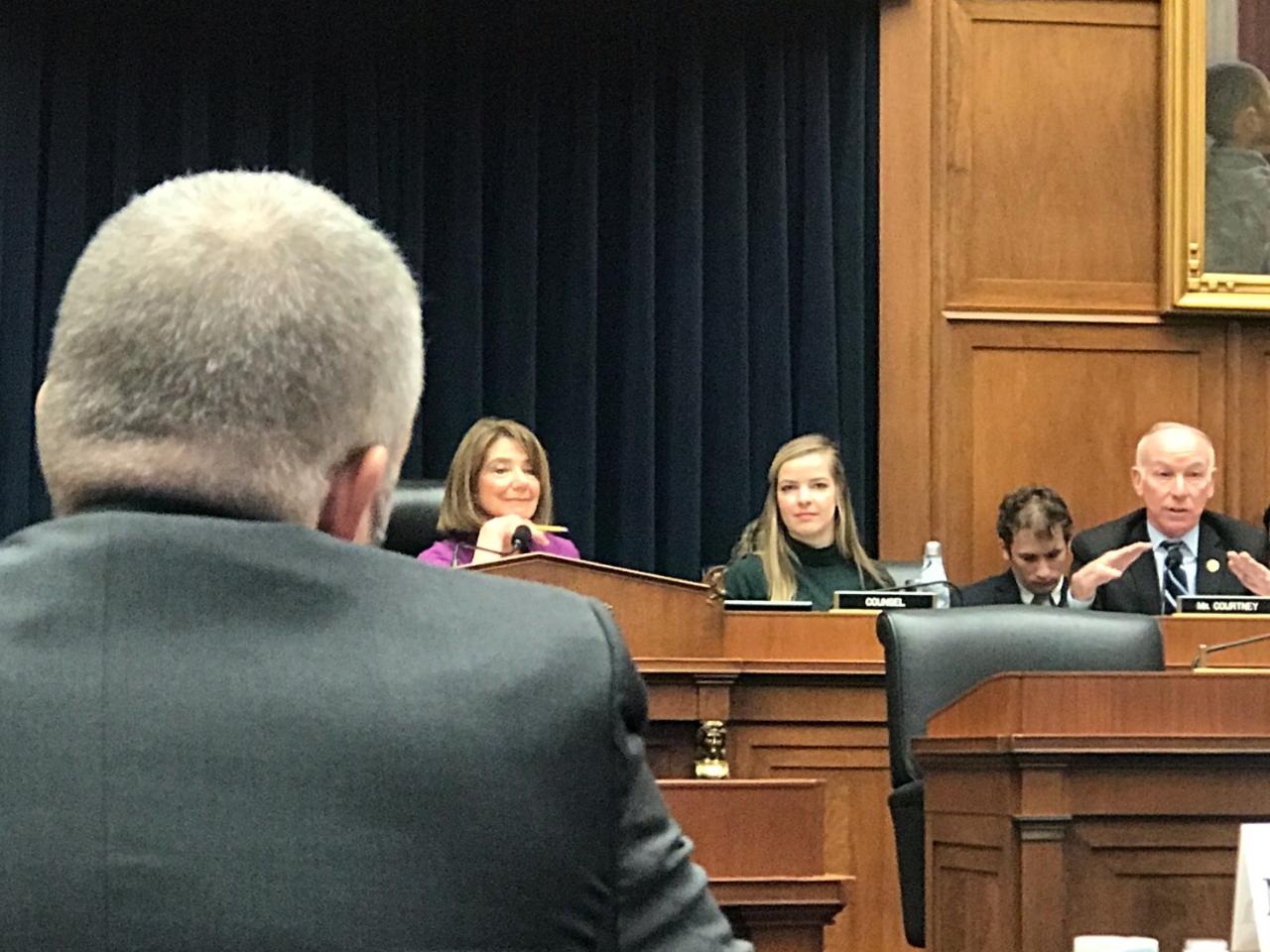But today’s apprenticeship looks quite different than it did in 1937. More workers and businesses are engaged and high school and postsecondary institutions are more involved than ever. And apprenticeship is now a more widely accepted training strategy in a range of new occupations and industries, including IT and health care.
The public hearing held by the House Higher Education and Workforce Investment Subcommittee, Reauthorizing the National Apprenticeship Act: Strengthening and Growing Apprenticeships for the 21st Century, was to review a newly released discussion draft to reauthorize the National Apprenticeship Act. The hearing was led by Subcommittee Chair Susan Davis (D-Calif.) and ranking member Rep. Lloyd Smucker (R-Penn). Bolstering the importance of the program to congressional leaders, more than a dozen other members of Congress joined the briefing, including House Education and Labor Committee Chair Bobby Scott (D-Va).
In her introductory remarks, Davis stated: “As I have said before, the Registered Apprenticeship system has the proven potential to reach hundreds of thousands—if not millions—of American workers. To that end, Committee Democrats and Republicans are working to reauthorize the National Apprenticeship Act in a bipartisan manner. I hope, that as we continue these efforts, we put our differences aside to reach our common goal of helping more people succeed in today’s economy through the Registered Apprenticeship system.”
The comprehensive, 149-page discussion draft proposes extensive modernization and expansion of the Registered Apprenticeship program. According to Davis, the proposal rests on three key pillars:
1. Historic investments in apprenticeships by authorizing $400 million in federal grants, increasing by $100 million annually, to:
- Create and expand Registered Apprenticeships, youth apprenticeships, and pre-apprenticeships, including in non-traditional occupations;
- Encourage opportunities for individuals who face barriers to employment;
- Support national and local intermediaries that play a pivotal role in expanding apprenticeships; and
- Better align secondary and postsecondary education programs with apprenticeship programs.
2. Create dedicated, annual funding for states, which play a critical role in expanding apprenticeship opportunities.
- This means establishing a new funding formula for state apprenticeship agencies that will provide consistent and reliable funding for apprenticeship programs each year. It also means ensuring that states can receive dedicated annual funding while also applying for grants to expand apprenticeship opportunities.
3. Streamline the process for registering programs.
- While maintaining the high-quality standards requirements of Registered Apprenticeship programs in new apprenticeship agreements.
Throughout the hearing, members expressed a range of interests for the new bill, asking questions about strengthening support services to apprentices, increasing access for underserved populations, and making apprenticeship training more credit-bearing in community colleges, among others. Four expert witnesses provided testimony to the packed room:
- Tiffany P. Robinson, secretary, Maryland Department of Labor
- Morna K. Foy, president, Wisconsin Technical College System
- Jace Noteboom, talent director, IBM Systems
- Daniel Bustillo, executive director, Healthcare Career Advancement Program


